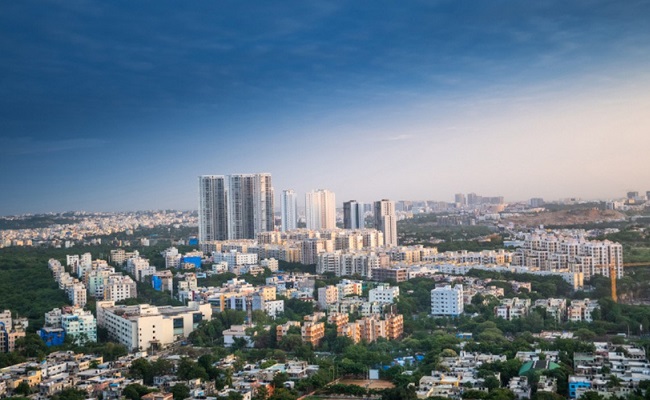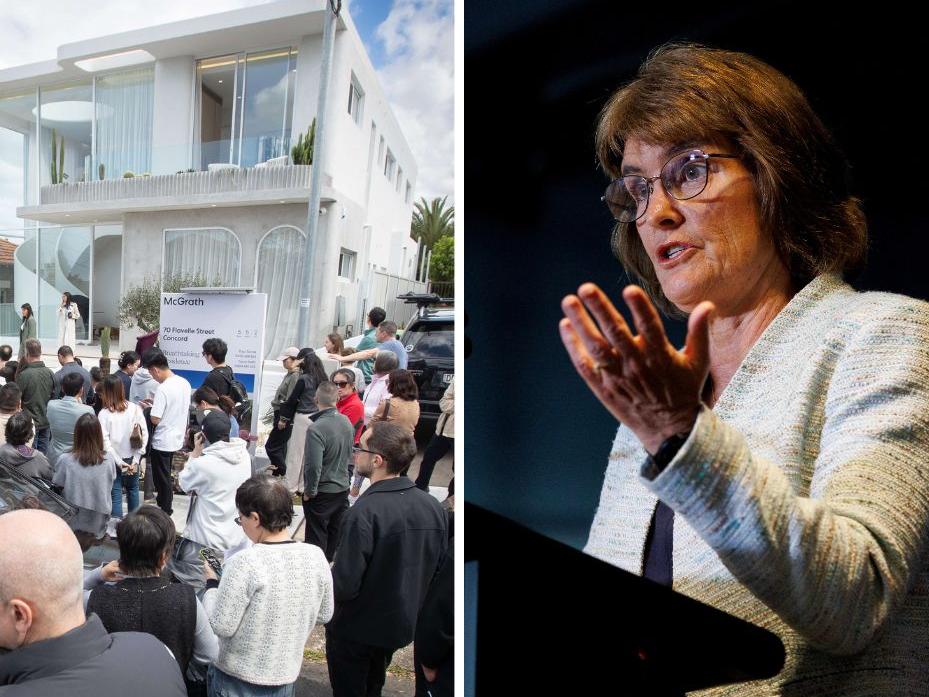T
he average "loading" factor in top Indian cities has seen a significant increase, with Bengaluru experiencing the highest jump over the last seven years. According to ANAROCK Research data, Bengaluru's loading percentage rose from 30% in 2019 to 41% in Q1 2025.
Mumbai Metropolitan Region (MMR) continues to have the highest loading among top cities, with 43% in Q1 2025. The region has seen a steady increase in average loading over the years, from 33% in 2019 to 39% in 2022 and 43% in Q1 2025.
The average loading factor is the difference between super-built-up area and carpet area in residential apartments. While RERA requires developers to disclose total carpet area, there's no limit on the loading factor. Dr Prashant Thakur of ANAROCK Group notes that 60% of apartment space in top cities is now liveable space, with the remaining 40% comprising common areas.
Chennai has seen the least average loading rise, aligning with its demand profile where homebuyers prefer to pay for usable space. Delhi-NCR and Pune have also experienced significant increases in average loading percentages, from 31% to 41% and 32% to 40%, respectively. Hyderabad's average loading percentage rose from 30% in 2019 to 38% in Q1 2025.
Higher amenity loading has become the norm across most projects, driven by homebuyers' expectations for advanced lifestyle amenities. However, buyers often remain unaware of how much they pay towards usable space within their apartments, except in Maharashtra where awareness is higher.












